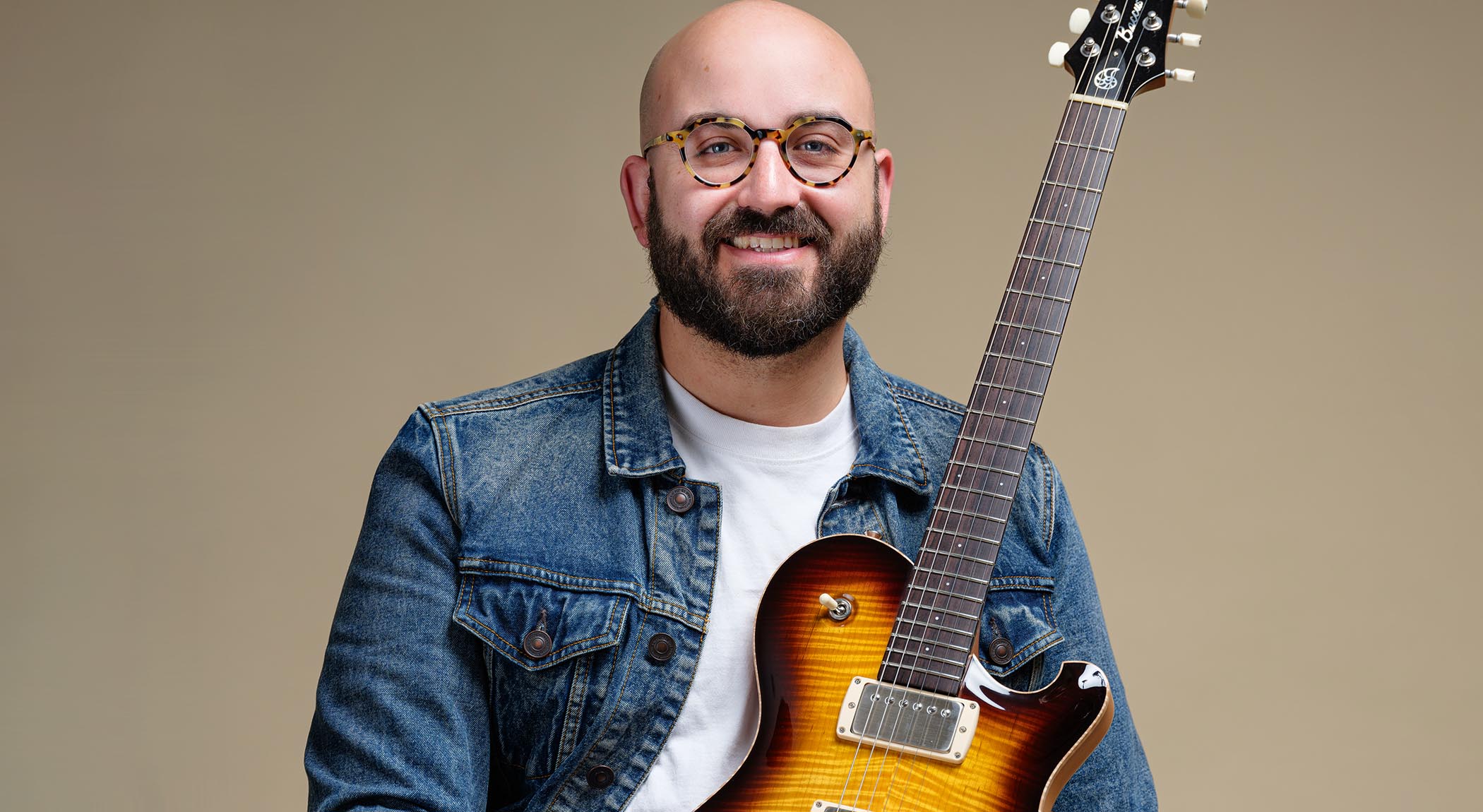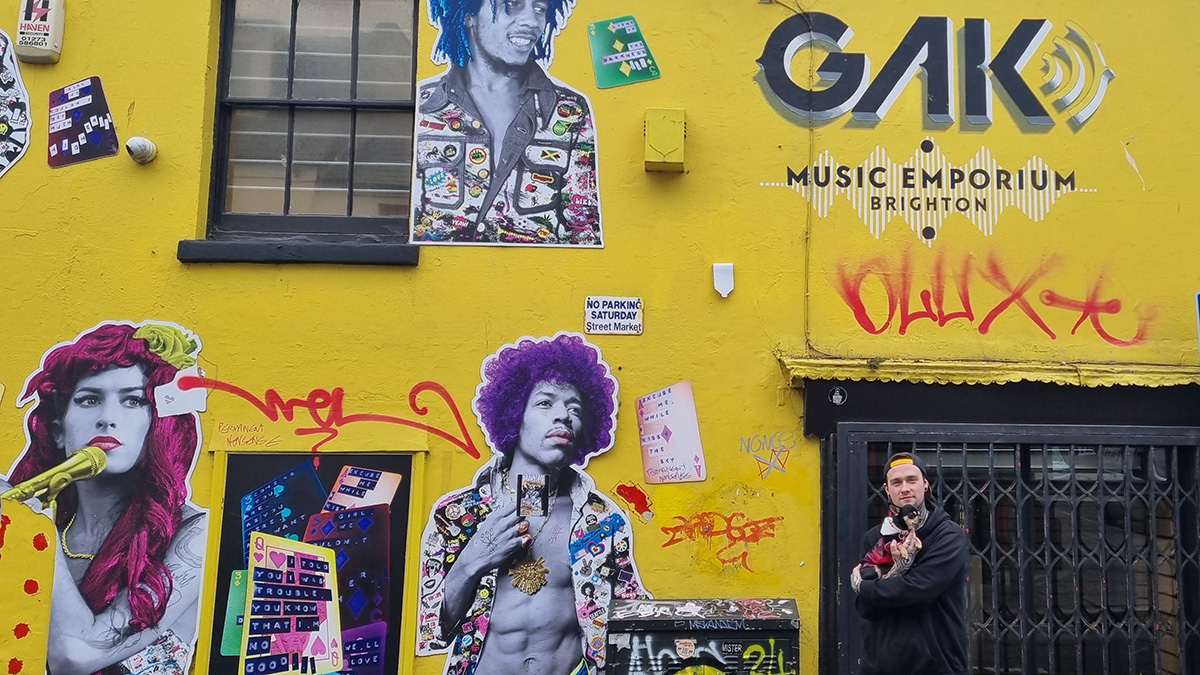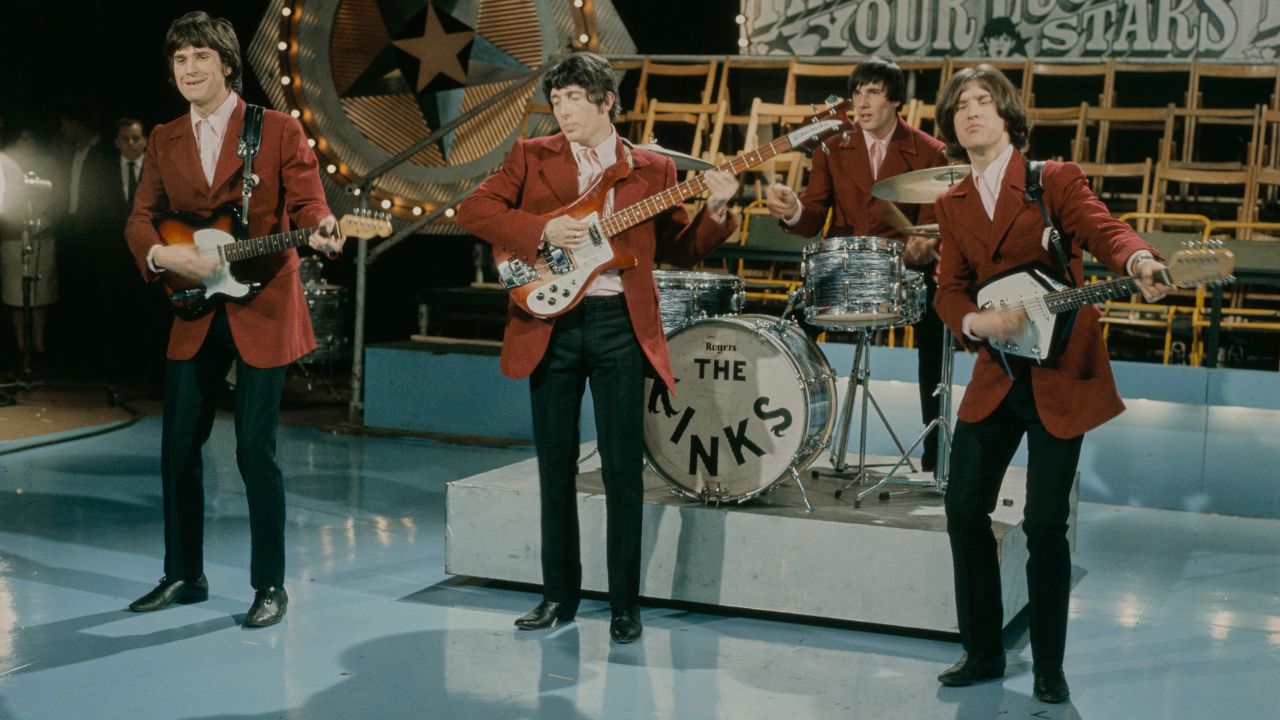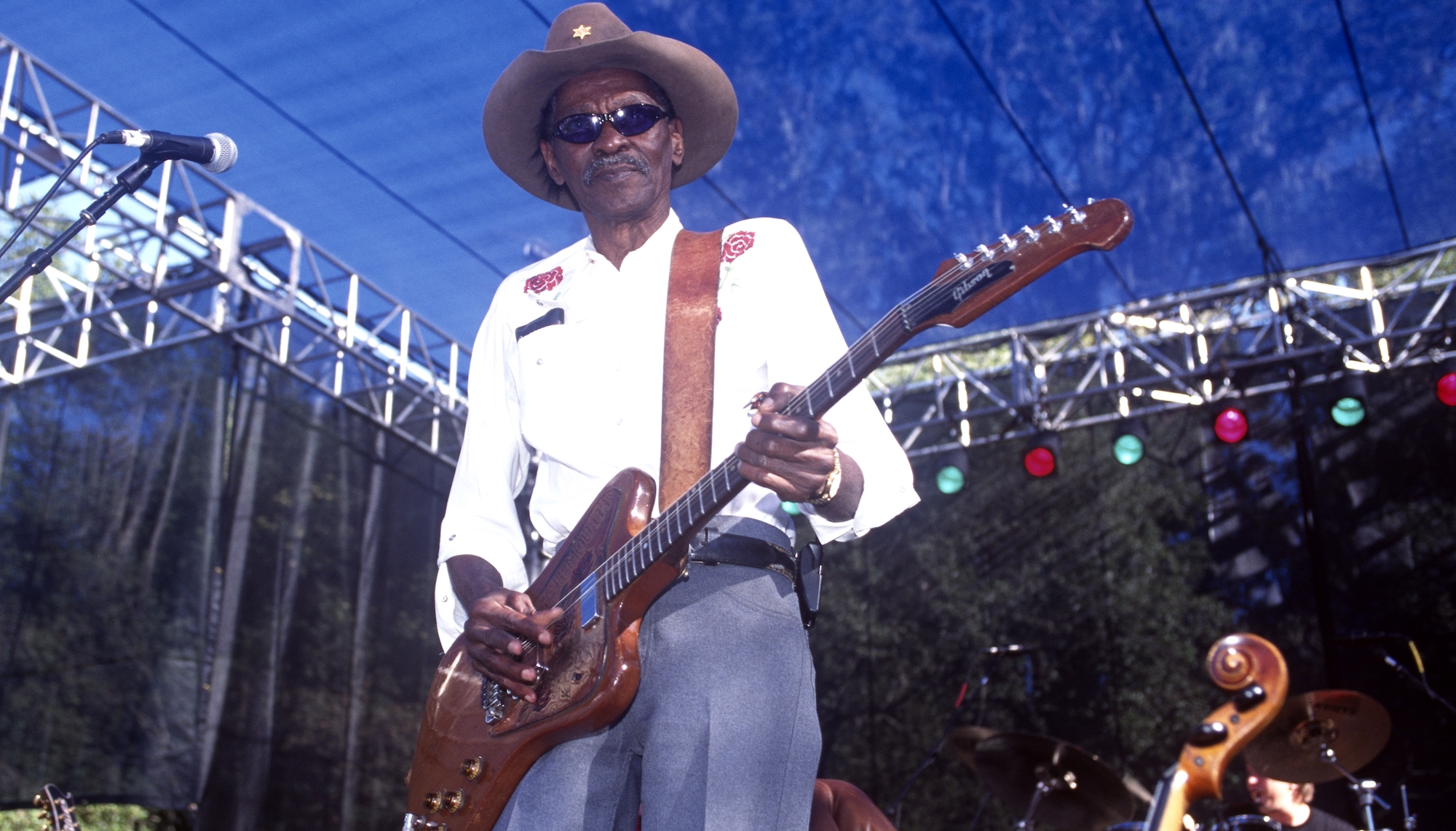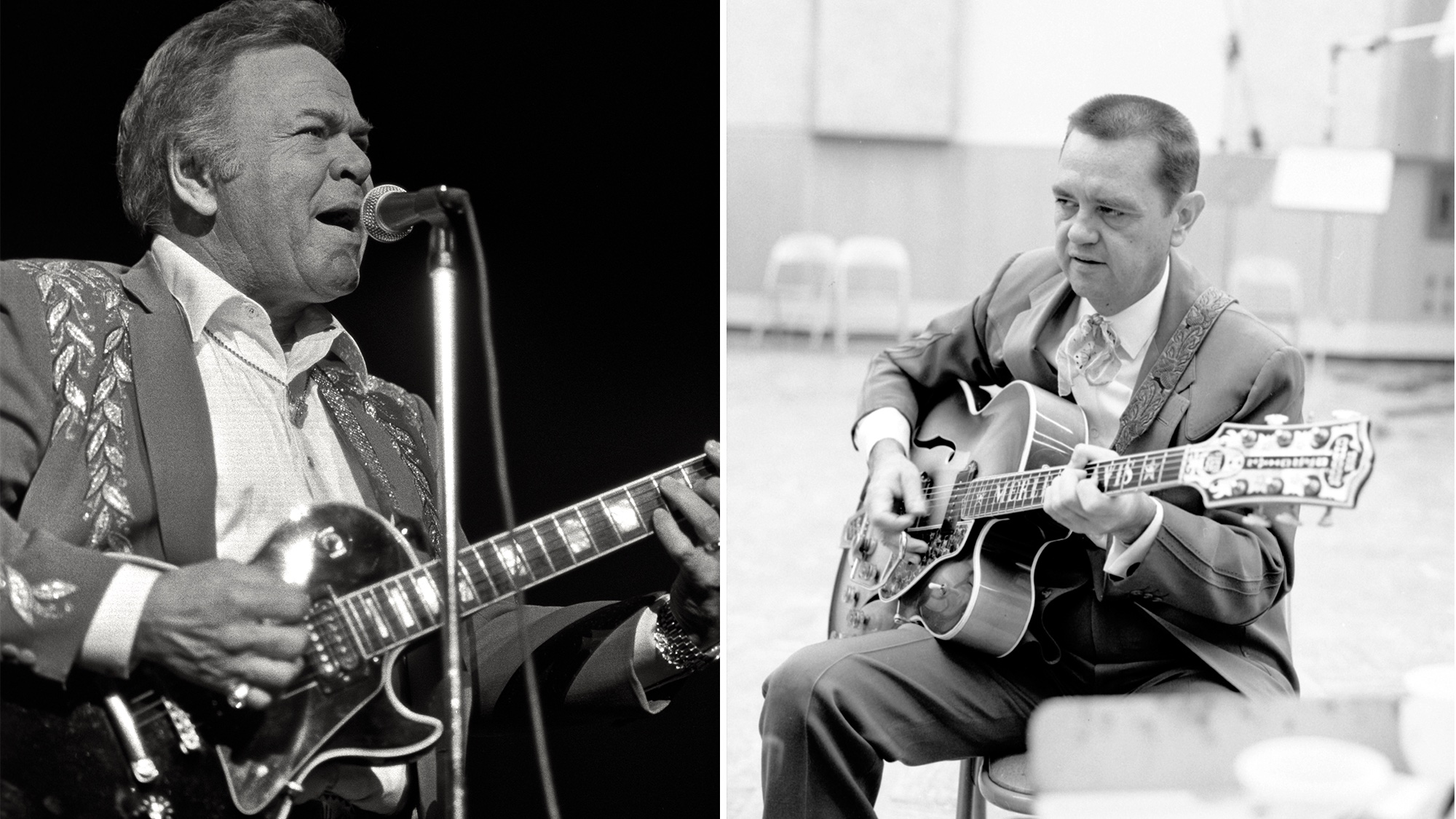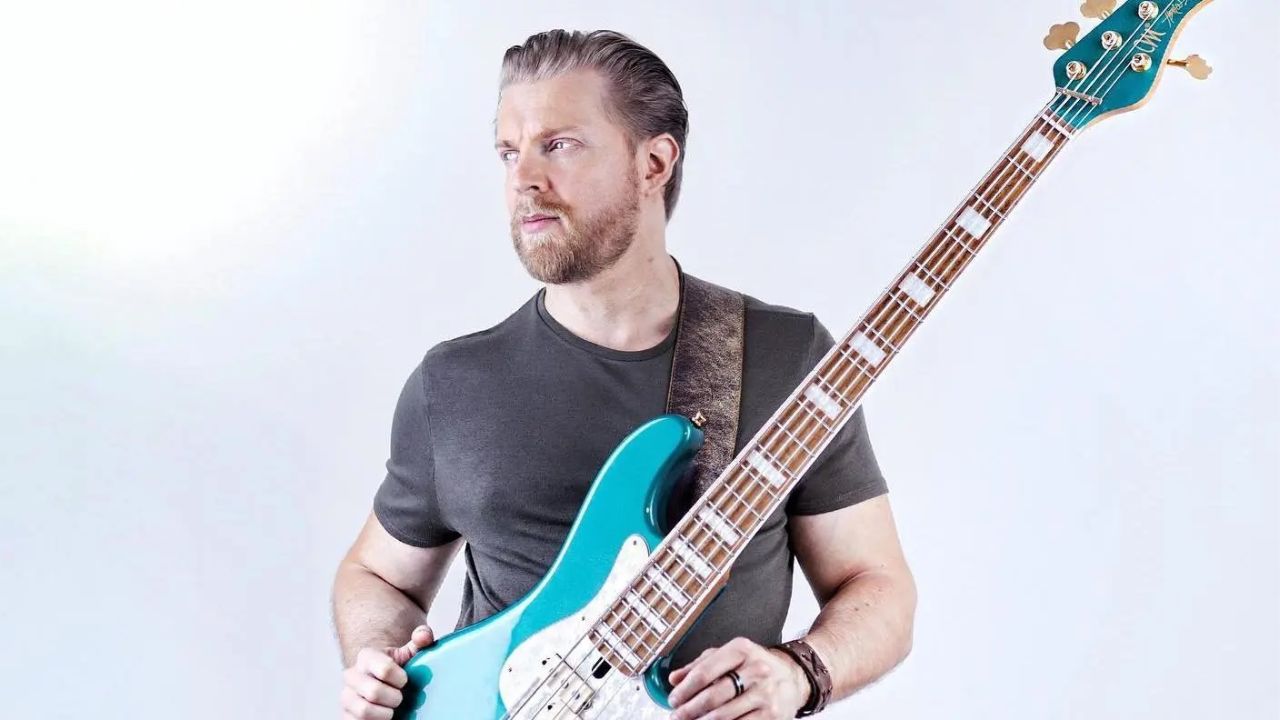Maddie Jay: "I feel like it was an advantage transferring from bass to guitar… which is a controversial statement!"
The Instagram guitarist/bassist on releasing her own music after being a session player and her affinity for the Fender Mustang bass
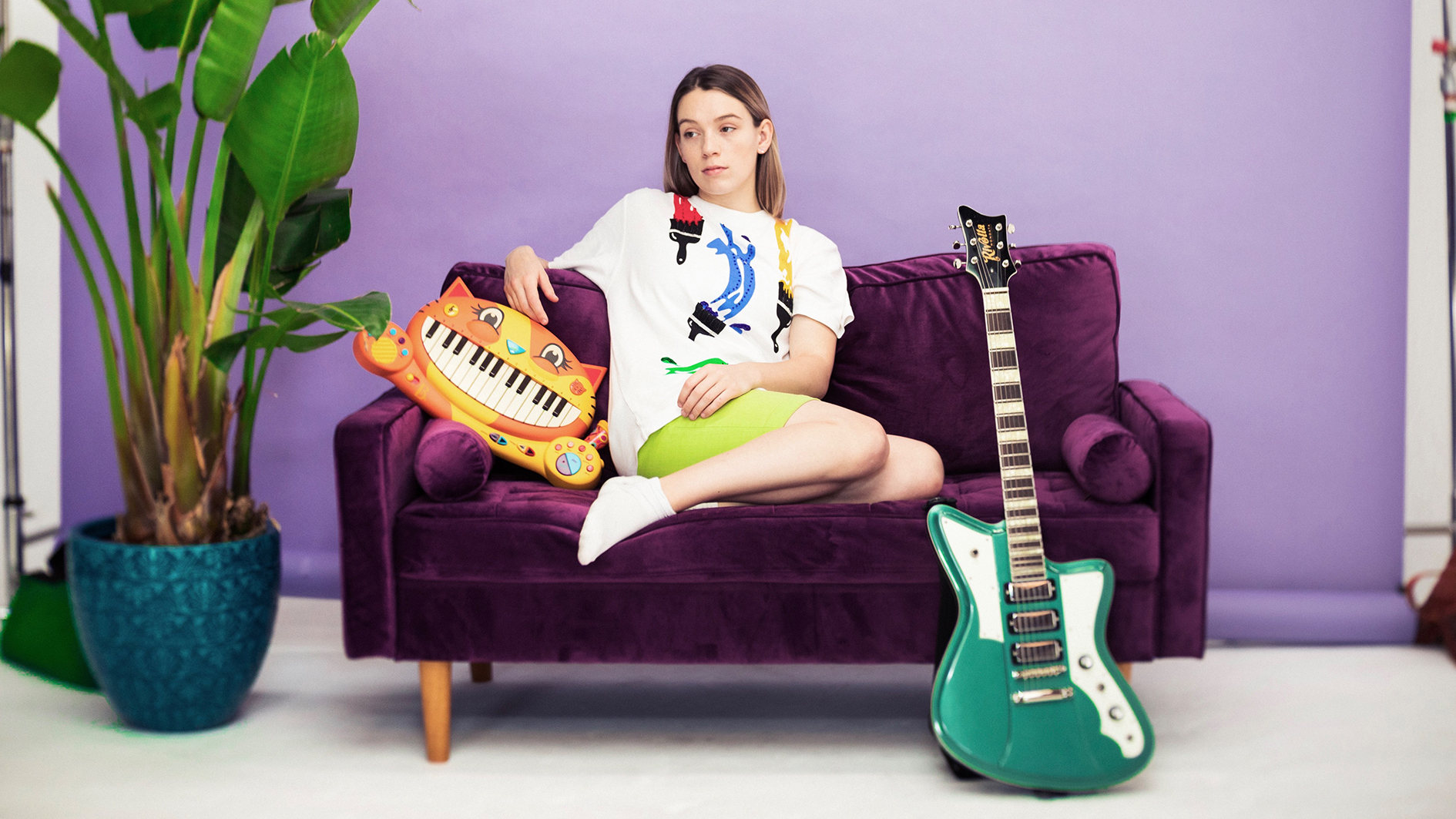
“I feel kinda lucky to be making music right now in LA at a time when everyone wants something new, quirky and different,” says session player and songwriter/producer Maddie Jay, noting how even just 10 years ago, there were so many more boundaries in music. “Now you have Billie Eilish as the biggest popstar and she’s super niche, when you think about it...”
Like many musicians, the Canadian relocated to LA with hopes and dreams of making it as a session bass player. Landing work as soon as she arrived was something she found “very encouraging” and for the next year and a half, she dedicated herself to becoming the ultimate hired gun. There was only one problem - she’d grown weary of focusing on other people’s music…
For me, it became a desk job. I was just doing it for the paycheck
“I know a lot of people think it’s the best thing in the world and their dream job,” explains Maddie, calling while out on the road for what is likely to be her last session job of the year and if all goes to plan, maybe even her career. “For me, it became a desk job. I was just doing it for the paycheck.
"I’d gone through music school and made all these decisions to be in this place, so I realized I had to stick to what I wanted to do. I had to leave some gigs and start prioritizing doing my own stuff.
“I would turn down an opportunity, doing my own thing for a couple of months, and then another big thing would come up. It was a case of deciding whether I needed to work on my own music or the money! I think this will be my last tour. There’s nothing booked for the rest of the year. I have my first LA headline show booked in May and hopefully I can continue working on my own songs for the rest of time!”
When did you realize it was time to start writing and recording your own music?
“I used to do covers on YouTube back when I was in college, to try and track my progress on bass. When I got out of college I realized that Instagram was what all the young kids were doing, so I switched to a different platform. I took all the stuff I’d already posted and condensed it down to one-minute clips.
Get The Pick Newsletter
All the latest guitar news, interviews, lessons, reviews, deals and more, direct to your inbox!
"For a while I was doing bass covers and I was doing fine, but what really made it all pick up traction was when I started doing my own music. I wanted to do more than just play other people’s songs on bass, so I started doing these beat videos where I’d play all the parts to a song I was working on. People seemed to really like that, so I’d say that was the turning point where it felt like I was doing well...”
Some of those early covers included Stevie Wonder and Funkadelic. What did you learn from that kind of bass playing?
I had a teacher who'd make me learn a Dr. Dre song and then go back and learn the funk song it was sampled from. That’s when I fell in love with that kind of funk playing
“I did a lot of funk stuff for a while. You can pick out any single part of a Stevie Wonder track and it’ll be the best it can be, whether that’s the vocal performance, lyrics or bass line. That’s what made his music so special. Funkadelic were my introduction to funk in general, I had a teacher who said I should check them out.
"I remember when I had my first teacher, he asked what kind of music I wanted to work on and I told him I liked hip-hop and funk. Then he asked, ‘Do you really?’ And he began showing me where it all came from. He’d make me learn a Dr. Dre song and then go back and learn the song it was sampled from. And then go back on all the other songs on that same record… getting really deep into it. That’s when I fell in love with that kind of funk playing.”
As expertly demonstrated in your videos, a lot of those classic bass lines incorporate dead/ghost notes to give the melody extra rhythm...
“I have this philosophy where any sound that comes out of my bass, even the little string on my hoodie, should be in some sort of pocket or groove - not just the main notes. It all contributes, even if the audience is not hearing those ghost notes fully or clearly. They still feel them and it can influence whatever you play next too.”
Lunch Break 🥪 LIVE at @dimension.70 in NYC! full video at the link in my bio maddie jay
A photo posted by @maddiejaymusic on Dec 1, 2019 at 9:45am PST
What players come to mind when you think about the greatest bassists of all-time?
“It’s been many different players over the years for me. I started out as a huge Tal Wilkenfeld fan because of course I felt she was my representation in this world I was trying to enter. She was playing with Jeff Beck and all these other amazing people, doing these shredding bass solos. I’d never seen a small girl from Australia with curly hair melting everyone’s faces like that.
“Then as I grew up, I loved the older pioneers like James Jamerson and Pinot Palladino. These days I really like Justin Meldal-Johnsen, he’s so dope. As a bass player and a producer. Then there’s Raphael Saadiq, he’s an amazing songwriter and producer, but I find his bass playing so underrated. He actually played on a bunch of old school stuff and everyone thought it was Pinot. He’s quietly incredible.”
You’ve been using a new Fender Mustang bass on some of your latest videos. What’s the story behind that guitar?
“I’d originally had an entry-level Mustang for touring. I had a ‘78 Jazz Bass that was quite heavy and too valuable to mess up on the road, so I wanted something cheaper. And I actually fell in love with it, that thing sounded amazing. I hand-relic’d it to make it pretty, but it ended up getting stolen from our van. I posted about it just to see if anyone had spotted it in a pawnshop, because I’d put a lot of work into making it mine.
"Unfortunately that didn’t come to anything but it turned out one of the guys from the Fender Custom Shop saw it and thought it was cool I had relic’d it myself. He ended up getting that bass and relic’ing it for me really well. It’s the only Mustang they’ve ever done at the Custom Shop, it’s usually Jazz and P-Basses, so it’s pretty special!”
What does that get plugged into?
“I usually go pretty clean into the amp, mainly I use a Keeley limiter/compressor. If I do use a bit of subtle distortion, it’ll come from a SansAmp or Voodoo Lab Sparkle Drive which I’ve had since I was a teenager and works really well for bass because of the clean/dry mix knob. A lot of bass distortions cut out your thump and low-end, so this manages to add drive and retain depth.”
And then for guitars, you seem to mainly be using a Rivolta in a more effects-driven and ambient way...
“I love my Rivolta. I’m kind of a fake guitar player, so I just went with the guitar I felt looked the prettiest. But as I started to play it more and more, I realized it was a really sweet-sounding and beautiful instrument. I always get compliments on it!
"I only really use two pedals, both made by Keeley Electronics - the Seafoam Chorus, because instead of it having two channels and one of which is wavy, it has a setting for just the wavy sound. It’s almost like a vinyl record kind of warping sound, so I use it a lot. And then I use the Caverns delay/reverb to over-soak everything, plus a bunch of things on my computer.”
Who do you feel are the main influences in your own compositions?
It’s much more effective I find, looking at every single part from the top and seeing what can really make it the best it can be. What’s the simplest way to get your message across?
“I don’t think I’ll ever lose my roots, no pun intended, from what I studied and dedicated years to my life learning. You can take the girl out of music school, but you can’t take the music school out of a girl, I guess!
"There will always be a part of me that wants to reference that, but honestly I’ve really started moving away from funk, RnB and jazz. Instead, I’ve been listening to a lot of indie music and pop music from the 60s and 70s. So it might be a bit of Tame Impala, Wings, The Beach Boys… a mix of old and new.
“I love layers and simple parts, picking out different things that can fill that space. When I moved to California, I flipped on my producer brain and started keeping a broader perspective to my bass playing. It’s much more effective I find, looking at every single part from the top and seeing what can really make it the best it can be. What’s the simplest way to get your message across?”
Maybe it’s down to the visual presentation, but there’s a definite sonic urgency to a lot of the music...
“That might be a bit of an illusion. I could spend a whole day on one of those if I wanted to. It’s the nature of how it’s filmed - you see me play a part, and then quickly onto the next over the top.
"Like almost all music, you’re only getting the finished product. But it is still fast I guess, working even one day at a time. A record would take months and months, but online I can just make something in a day and release it to the world and somehow reach 50,000 people. So I guess it still comes together pretty fast.”
A photo posted by @maddiejaymusic on Nov 29, 2019 at 8:42am PST
Finally, what advice can you offer musicians hoping to switch between guitar and bass as easily as you?
“The hardest thing for me was learning how to play with a pick… I don’t know why that is! And now, even more strangely, I’ve started playing bass with a pick too. I feel like it was an advantage transferring from bass to guitar… which is a controversial statement. I think some people might have different opinions about that.
"The fretboard knowledge I gained in music school helped me look at bass from a music theory standpoint, you think about intervals and chords - even if you’re not playing chords. You visualize them. If you play a walking bass line, it will generally be through some sort of chord shape. So between the two, the theory aspect transfers really well.”
Amit has been writing for titles like Total Guitar, MusicRadar and Guitar World for over a decade and counts Richie Kotzen, Guthrie Govan and Jeff Beck among his primary influences as a guitar player. He's worked for magazines like Kerrang!, Metal Hammer, Classic Rock, Prog, Record Collector, Planet Rock, Rhythm and Bass Player, as well as newspapers like Metro and The Independent, interviewing everyone from Ozzy Osbourne and Lemmy to Slash and Jimmy Page, and once even traded solos with a member of Slayer on a track released internationally. As a session guitarist, he's played alongside members of Judas Priest and Uriah Heep in London ensemble Metalworks, as well as handled lead guitars for legends like Glen Matlock (Sex Pistols, The Faces) and Stu Hamm (Steve Vai, Joe Satriani, G3).
English folk icon Wizz Jones – guitar hero of Keith Richards, Eric Clapton and Thurston Moore – has died at 86
“Damn, that guy could shred. Can you imagine what that would have sounded like?” Wednesday 13 says the late Alexi Laiho once came close to joining him and Slipknot’s Joey Jordison in Murderdolls

